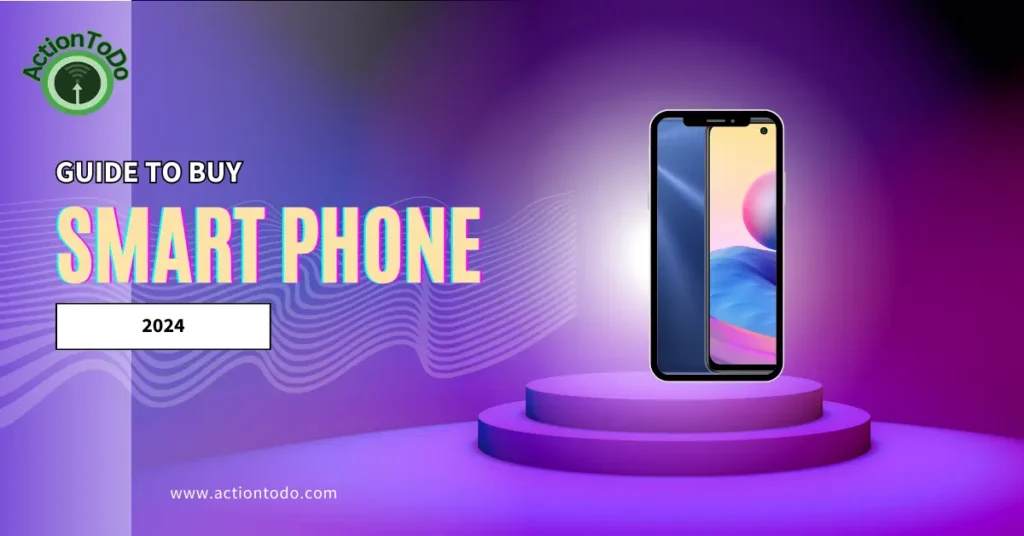The ultimate smartphone buying guide in 2024

Understand Your Needs:
The first step in choosing the perfect smartphone is to evaluate your needs. Consider how you primarily use your phone. Are you a social media person who loves taking photo of every moment? Or if you are a professional who needs a reliable smartphone for emails and productivity apps. Understanding your usage patterns will help selection easier.
Set a Budget:
Smartphones come in a wide range of prices, from budget-friendly options to premium flagship devices. Determine how much you’re willing to spend and stick to your budget. Remember that while flagship phones offer cutting-edge features, budget-friendly options can also provide excellent performance at a lesser cost.
Consider Operating Systems:
The two main operating systems for smartphones are iOS (Apple) and Android (Google). Each has its own set of features and ecosystem. If you’re already invested in one ecosystem, it may be more convenient to stick with the same operating system. However, if you’re open to exploring new options, consider the advantages and disadvantages of each before making your decision.
Evaluate Performance:
Performance is a crucial factor when choosing a smartphone. Look for devices with fast processors, RAM (do not consider virtual RAM) , and sufficient storage space to ensure smooth multitasking and app performance. Pay attention to benchmarks and real-world performance reviews to gauge the speed and responsiveness of the device.
Battery Life:
Battery life is another important consideration, especially if you’re constantly on the go. Look for smartphones with large battery capacities and efficient power management features(Note that large battery capacity leads to thicker phone). Additionally, consider devices that support fast charging technology for quick top-ups when needed.
Camera Quality:
For photography guys, camera quality is a main thing to consider. Go through the camera specifications, including megapixel count, aperture size, and image stabilization features. Look for smartphones with advanced camera capabilities such as multiple lenses, night mode, HDR and AI enhancements for stunning photos in any lighting condition.
Size and Design:
The size and design of the smartphone can also influence your decision. Some prefer smaller and slim devices that are easy to handle with one hand, while others prefer larger screens for multimedia consumption and productivity. Consider factors such as screen size and build quality to find a device that suits your preferences.
Remember that smartphone buying guide is a continuously changing topic. Also consider any additional features that are important to you. Whether it’s water resistance, wireless charging, or a headphone jack, prioritize the features that align with your lifestyle and preferences.
Aperture is the camera’s eye, controlling light. Smaller values mean more light enters into the camera, larger values mean less light enters to the camera.
HDR (High Dynamic Range) in smartphone cameras is a feature. I f you turn it ON and click a photo, then it will capture several photos of a scene and processes it to produce a good image. It will be useful to take photos in a dark area or high bright areas.